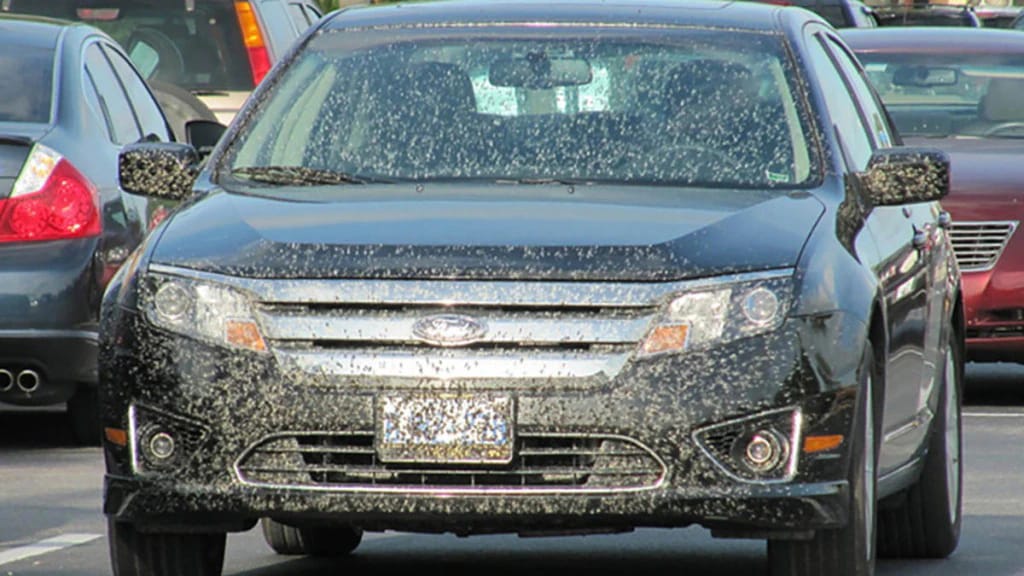Few insects bring as much contempt as the lovebug.
This flying insect is most common in May and September and is best known for splattering across your windshield and causing damage to the paint on your vehicle. Mind you, this is an insect that does not bite, does not sting, doesn’t carry disease, won’t harm livestock, and doesn’t damage crops.
And still, there’s just nothing to love about a lovebug.
From recorded accounts, lovebugs (Plecia nearctica) were established in Costa Rica, Guatemala, Honduras, and Mexico. They are reported to naturally have migrated from Central America into Texas in the early 1900’s staying (originally) close to the gulf shore.
The lovebug was first described in 1940 by a young, 26-year-old entomologist by the name of D. Elmo Hardy in Galveston, Texas. At the time, he reported the incidence of lovebugs to be widespread, but most common in Texas and Louisiana.
There is a common myth that lovebugs are from Florida. There is an even more insidious myth that lovebugs were either imported or “developed” in a lab by Florida scientists to get rid of mosquitoes. While preposterous and completely false, the myth still persists. Lovebugs are herbivores that feed on plant material. They arrived in the Florida peninsula in the 1950’s.
They continued their movement north along the Atlantic shore and were discovered in South Carolina in 1975. In 2006, it was reported as far north as Topsail Beach, north of Wilmington, North Carolina.
I was surprised to learn that lovebugs are active all year long. It is only in the insect’s adult stage that we notice its flight in May and August.
Now we all know that an insect goes thru three stages: egg then larvae then adult. It follows then, that the lovebug is the adult form that we notice twice a year in May and August. The adult female lovebug can lay from 100-500 eggs after mating. These eggs hatch and the larvae then feed on decomposing organic matter in the other months where we don’t see them.

Lovebug larvae can be found in your lawn’s thatch and under cow manure, among many other sites. From a truly environmentalist point of view, they are described by some folks as beneficial insects because they help break down organic matter!
Lovebug adults are attracted to light-colored surfaces, especially if they are freshly painted, but the adults can congregate almost anywhere by reacting to the effects of sunlight on automobile fumes, asphalt, and other environmental factors that are still not completely understood.
Officially, lovebugs are considered a nuisance pest by almost everyone. While you and I are certainly tired of dealing with them, their lack of “impact” on food production and human health puts them quite low on the list of problematic pests that researchers are working on. To be blunt, unless lovebugs start spreading disease, damaging livestock or food crops, there is little chance that we’ll have any breakthroughs in their control or abatement.
Their main damage is to your car or truck. Smeared guts across your windshield can make driving hazardous. An incredibly excessive number in your vehicle’s radiator may cause it to overheat. But the primary problem we fuss and fume over is the condition to the paint and other surfaces that the innards of the lovebug stick adhere.
There are several ‘home remedies’ to help minimize the damage the do to vehicles that involve some oily spray or wax to prevent them from sticking to your car. I’m hoping that their lifecycle was greatly interrupted by natural causes this year.








